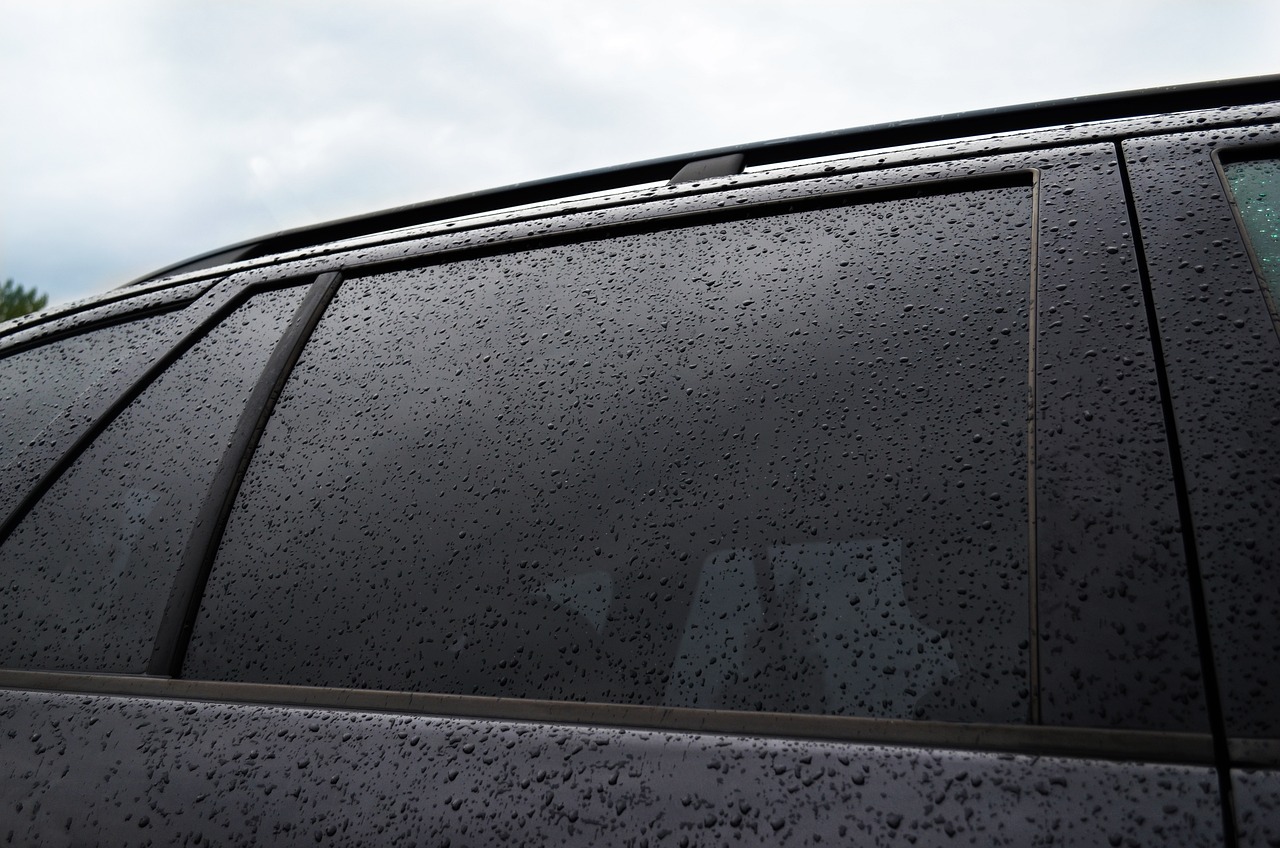Removing window tint can seem challenging, but with the right methods, you can get clear, tint-free windows. This guide provides step-by-step instructions, tips, and tools to make the process easy and effective for any DIYer.
Why Remove Window Tint?
Window tint offers benefits like UV protection, heat reduction, and added privacy. However, over time, it can fade, bubble, or discolor. Removing old or damaged tint is essential to maintain a clean look and clear visibility. Here, you’ll find methods to safely and effectively remove Window tint, even if it’s been on the glass for years.
Tools and Preparation for Window Tint Removal
Before starting, gather essential tools to make the job easier:
- Razor blade or utility knife – for lifting edges and peeling the tint
- Spray bottle – fill it with soapy water or an ammonia solution
- Hairdryer or heat gun – to soften the tint’s adhesive
- Plastic scraper or old credit card – for safe scraping
- Soft cloth – for final cleaning
- Steamer (optional) – helps loosen adhesive on stubborn tint
Having these items ready will allow you to follow each method smoothly and effectively.
Method 1: Heat Application for Tint Removal
The heat method is a favorite for its effectiveness, especially for DIY window tint removal.
- Warm the Tint: Use a hairdryer or heat gun on a low setting. Move it over the tint’s edges, focusing on one corner. The heat softens the adhesive, making the tint easier to peel.
- Start Peeling: Gently lift a corner of the tint with a razor blade or plastic scraper. Once lifted, grab the tint and peel it slowly to avoid tears.
- Clean the Adhesive Residue: After the tint is off, there may be leftover sticky adhesive. Spray the window with soapy water or ammonia solution and gently scrape the residue with the razor blade. Wipe with a soft cloth for a clean finish.
This method is ideal for car window tint removal or any window with standard tint film. Peel-off window tint works particularly well with the heat method.
Quick Tip:
Be patient and peel the tint in one slow motion to avoid tearing.
Method 2: Removing Tint with Ammonia Solution
Ammonia works well to dissolve tint adhesive on stubborn, aged tint.
- Spray Ammonia on the Tint: In a well-ventilated area, fill a spray bottle with ammonia solution and spray it evenly over the tint.
- Cover with Plastic Film: Cover the sprayed surface with a plastic bag or cling film to keep the ammonia from evaporating too quickly. Let it sit for 20-30 minutes.
- Peel the Tint: Start from one corner and peel the tint slowly. The tint adhesive residue should come off more easily after the ammonia treatment.
- Final Clean-Up: Use soapy water to remove any remaining adhesive, and wipe the window with a clean cloth.
Note: Ammonia has a strong smell, so ensure proper ventilation to avoid inhaling fumes.
Method 3: Steam Method for Chemical-Free Tint Removal
For those avoiding chemicals, a steamer can be a safe and eco-friendly option.
- Apply Steam to Tint: Hold the steamer close to the window and apply steam to soften the adhesive.
- Peel the Tint: Start peeling from a corner, as with other methods. The tint should lift smoothly.
- Remove Leftover Adhesive: If adhesive remains, use warm, soapy water and a plastic scraper to gently clean it off.
This chemical-free tint removal method is safe for car and home window tint.
Troubleshooting Common Problems in Tint Removal
Removing tint can present some challenges. Here’s how to solve them:
- Sticky Residue: Residue is common after tint removal. Use a tint removal spray or rubbing alcohol to soften the adhesive, then wipe it away with a soft cloth.
- Scratches: Avoid metal tools, as they can scratch glass. Use plastic scrapers to keep your windows scratch-free.
- Old, Hard Tint: Tint that’s been exposed to sun for years can be stubborn. A combination of steam and ammonia may help loosen the toughest adhesive.
Conclusion: Removing Window Tint Like a Pro
Removing window tint is manageable with the right methods and tools. Whether you choose heat, ammonia, or steam, remember to be patient and follow safety guidelines. A successful tint removal will leave you with clear, residue-free windows ready for a fresh tint or a natural look.
FAQs About Removing Window Tint
Can I Remove Window Tint Without Heat?
Yes! Soapy water and ammonia can dissolve adhesive, allowing you to peel the tint without heat. Just make sure to let the solution sit for long enough to work effectively.
Does Window Tint Removal Damage Windows?
Not if done carefully. Using plastic scrapers and gentle methods like steam or soapy water protects the glass. Avoid sharp tools to keep the surface scratch-free.
How Much Does Professional Window Tint Removal Cost?
Professional removal can range from $50 to $200, depending on the window size and location. While it’s more costly than DIY, professionals can handle tough jobs and guarantee a flawless result.
Professional Tint Removal vs. DIY: Which Is Best?
While DIY methods are effective and budget-friendly, professionals may be a better choice for difficult jobs or large window areas. A tint removal expert has specialized tools and can remove the film cleanly and quickly without leaving scratches or residue.

